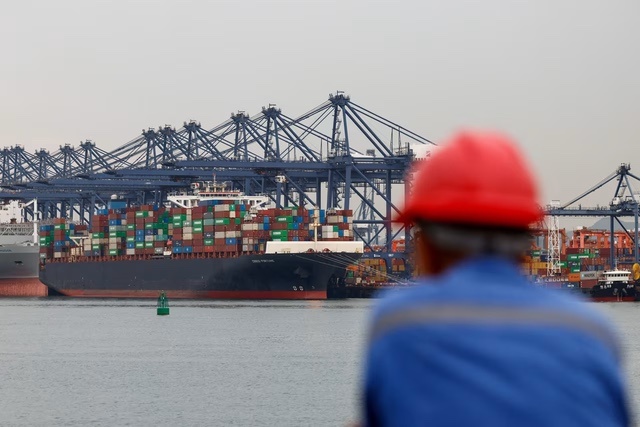Following a brief meeting in South Korea, US President Donald Trump and Chinese President Xi Jinping announced on October 30 that the US had agreed to lower tariffs on Chinese imports in exchange for Chinese commitments on fentanyl controls, rare earth elements, and soybean trade. This marked the first face-to-face meeting between the two leaders since 2019, resulting in a phase one agreement.
According to the agreement, the US will reduce overall tariffs on Chinese goods to 47%, with bilateral tariffs on fentanyl halved from 20% to 10%. Looking back at the trade friction, the tariff war between the world's two largest economies reached its peak in April this year: the Trump administration raised overall tariffs on Chinese imports to 145%, and China retaliated by imposing a 125% tariff on US goods. Previously, on August 11, the US issued an executive order imposing a 30% tariff on Chinese imports, a policy effective until November 10. The announcement of this new agreement comes less than two weeks before that deadline. According to a report by The Guardian on September 25, the average tariff on US imports from China had risen to 58%, while the average tariff on Chinese imports from the US was 33%.

The Game Between Rare Earths and Tariff Threats: From Confrontation to Compromise. In mid-October, China announced the reinstatement of export restrictions on rare earth minerals, to which Trump immediately responded by threatening to impose a 100% tariff on all Chinese imports starting November 1. However, in a framework agreement reached earlier this week in Malaysia by economic officials from both countries, Trump abandoned this threatening statement. As a key component of the agreement, China completed its first purchase of US soybeans this year on October 29 and agreed to suspend export restrictions on rare earth elements for one year. Simultaneously, the two countries also reached a consensus to mutually waive port fees for each other's cargo ships for one year. Previously, US port fees imposed on the Chinese shipbuilding industry had placed additional cost pressures on importers.
Nature of the Agreement and Market Reaction: Temporary Easing Cannot Mask Deep-Rooted Differences. The agreement has not yet been formally signed and is essentially a one-year trade arrangement subject to annual review. CNBC commented that this marks a "substantial easing of the fierce trade war between the two superpowers," but also pointed out that "U.S. tariffs on Chinese imports remain historically high overall," and that the agreement reached "is not a comprehensive trade deal." Nevertheless, this year-long policy buffer has provided stable expectations for importers struggling with uncertainty. HPG CEO Chris Anderson stated that continued policy volatility has forced companies to shift from an expansion mode to a "wait-and-see" mode, leading to stagnation in business development and the overall economy. HPG is the fourth-ranked supplier in the PPAI 100. He bluntly stated, "The repeated fluctuations in tariff policies, especially those targeting China, have severely hampered companies' investment decisions."


